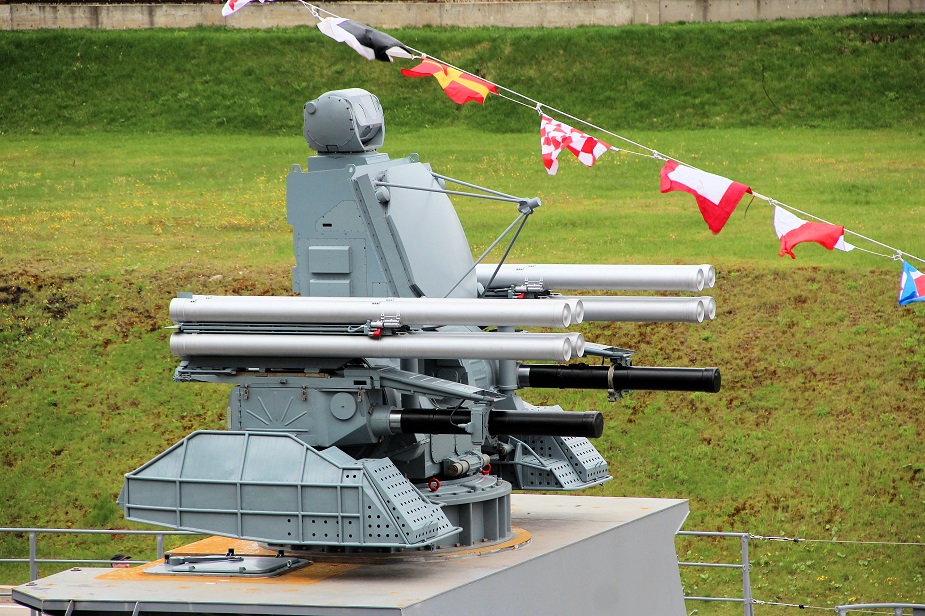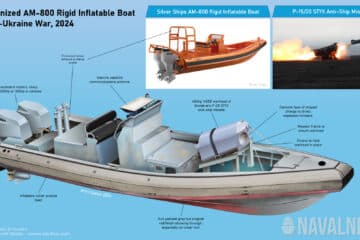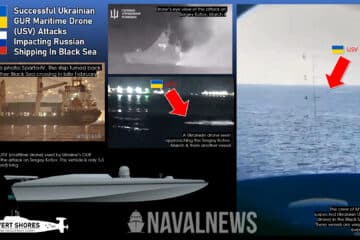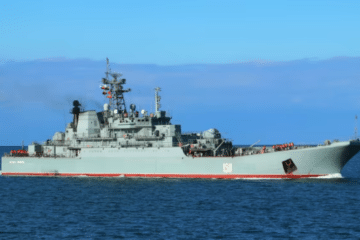TASS Russian news agency
“The Baltic fleet is being armed with new-generation warships. In particular, it will get six ships of project 22800. Four of them will be armed with the seaborne Pantsir. The Odintsovo corvette will be the first one to test the Pantsir shortly,” he said congratulating the navymen with the Baltic fleet Day marked on May 18.
“One of the main missions of the Baltic fleet is to test new warships and diesel-electric submarines, including frigates, corvettes, minesweepers and submarines built by the United Shipbuilding Corporation in St. Petersburg, as well as small missile ships, hydrographic vessels and boats built for the Defense Ministry by other shipyards,”
Russian Navy Commander-in-Chief Admiral Nikolai Yevmenov
The Baltic fleet contributes a lot to the research of the World Ocean. The Admiral Vladimirsky research vessel is making a round-the-world voyage and will complete the unique Antarctic sortie in Kronshtadt in early June. The expedition data will be analyzed by the Navy command and the Russian Geographic Society.

“The Baltic fleet is an advanced echelon of the inter-arm group in the western strategic direction. It is developing to reliably prevent sea threats in the operational zone of responsibility and operate at major distances from deployment bases. The navymen interact with other fleets in the permanent Russian naval force in the Mediterranean Sea,” Yevmenov said.
The Western Military District said the Baltic fleet held close to 1500 training events in 2019. The officers learned to operate various forces at drills and tactical maneuvers. They were two-side exercises which promoted competition and ruled out patterned actions of commanders and increased professional skills.
In 2019, the fleet held 120 qualification tests at sea ranges. The warships held close to 400 fire exercises, including missile and artillery fire, laying of minefields, depth bombing and mine clearance. The warships of the fleet sailed over 170 thousand nautical miles. Time at sea increased 15 percent and comprised 900 days in the winter training period.
Baltic fleet ships numerously made long sorties in the Russian permanent naval force in the Mediterranean Sea. They made a dozen unofficial and business calls at foreign ports. The Yaroslav Mudry frigate of project 11540, the Yelnya tanker and the Viktor Konetsky tug have recently returned to the deployment base.
In December 2019, the Yaroslav Mudry led a group of Baltic fleet ships which for the first time participated in Russian-Indian Indra exercise, as well as trilateral maneuvers with the Chinese and Iranian navies and the Russian-Japanese antipiracy exercise.
PM-82 floating workshop returned in Baltiisk from a six-month sortie in April. It provided logistical support to the Russian Mediterranean force and overhauled over 20 warships. The workshop also supplied the navymen with diesel fuel, drinking water and food.
The naval aviation of the Baltic fleet intensified training. The total 2019 flight record exceeded 1500 hours. Training of the army corps intensified 15 percent. The ground component of the fleet comprising the army corps and a marine brigade held over 2000 various training events last year. They engaged in close to 1500 fire exercises, including 700 at night. The training quality has radically increased.
The intensity of combat training did not decrease in 2020. The warships held over 50 events in winter to engage mines and torpedoes and close to 180 artillery and seven missile fire drills.
The Kola tanker has recently returned from a long sortie. In 27 days it sailed 2700 miles and refueled Baltic fleet warships and the Admiral Makarov frigate of project 11356 of the Black Sea fleet.
The Boiky and the Sroiky corvettes of project 20380 and the Korolev big landing ship successfully fulfilled a long sortie to the North and Baltic Seas.
The naval aviation achieved major results. Helicopters and airplanes engaged in over 500 exercises, including several dozen day and night landings on warships at sea.
The Baltic fleet is a balanced inter-arm force. It operates surface warships and submarines, aviation, air defense, land troops, and logistical units. The Steregushchy, the Soobrazitelny, the Boiky, the Stoiky corvettes of project 20380, the Serpukhov, the Zeleny Dol of project 21631 and the Mytishchi of project 22800 play a major role in fleet operations. The Sovetsk corvette of project 22800 and the Alexander Yevlanov big hydrographic boat joined the fleet in late 2019. Another project 22800 warship is to arrive shortly.
The ground component was also renewed. The missile regiment of the army corps was fully rearmed with Tor-M2 antiaircraft complex.
The rearmament of the fleet with the latest weapons and the upgrade of available aircraft, missiles and warships will continue in 2020. Ten long sorties to the Mediterranean Sea, the Atlantic and Indian Oceans are to be made in 2020. The Baltic fleet will participate in international maneuvers and combat training events.
The main task in the summer training period is to train cohesion of units. The naval component has to train actions of inter-arm groups together with the aviation and coastal forces of the Baltic fleet.

Naval News comments:
The Project 22800 corvette has a length of about 67 meters, a width of 11 meters, a draft of 2.8 meters and a full displacement of 860 tons. The ship is powered by two M-507D-1 diesel engines with a power output of 7,360 kWt each and an 8,830-kWt M70FRU gas-turbine engine. The corvette features a top speed of up to 35 knots, an economical speed of 12 knots, a cruising range of 2,500 nautical miles, and an endurance of 12 days. The ship launches missiles at Level 5 sea state.
The ship’s armament comprises an AK-176MA 76mm gun and a Pantsir-M antiaircraft missile/gun system, while the first two ships of the type carry two AK-630M 30mm small-caliber antiaircraft guns.
The ship is equipped with an eight-cell 3S-14 vertical launcher for the Kalibr (SS-N-27 Sizzler) cruise missile system, which is located in its superstructure. The Project 22800 corvette features increased seaworthiness, high maneuverability, and low radar signature of its superstructure and hull. The ship can carry an Orlan-10 unmanned aerial vehicle.






